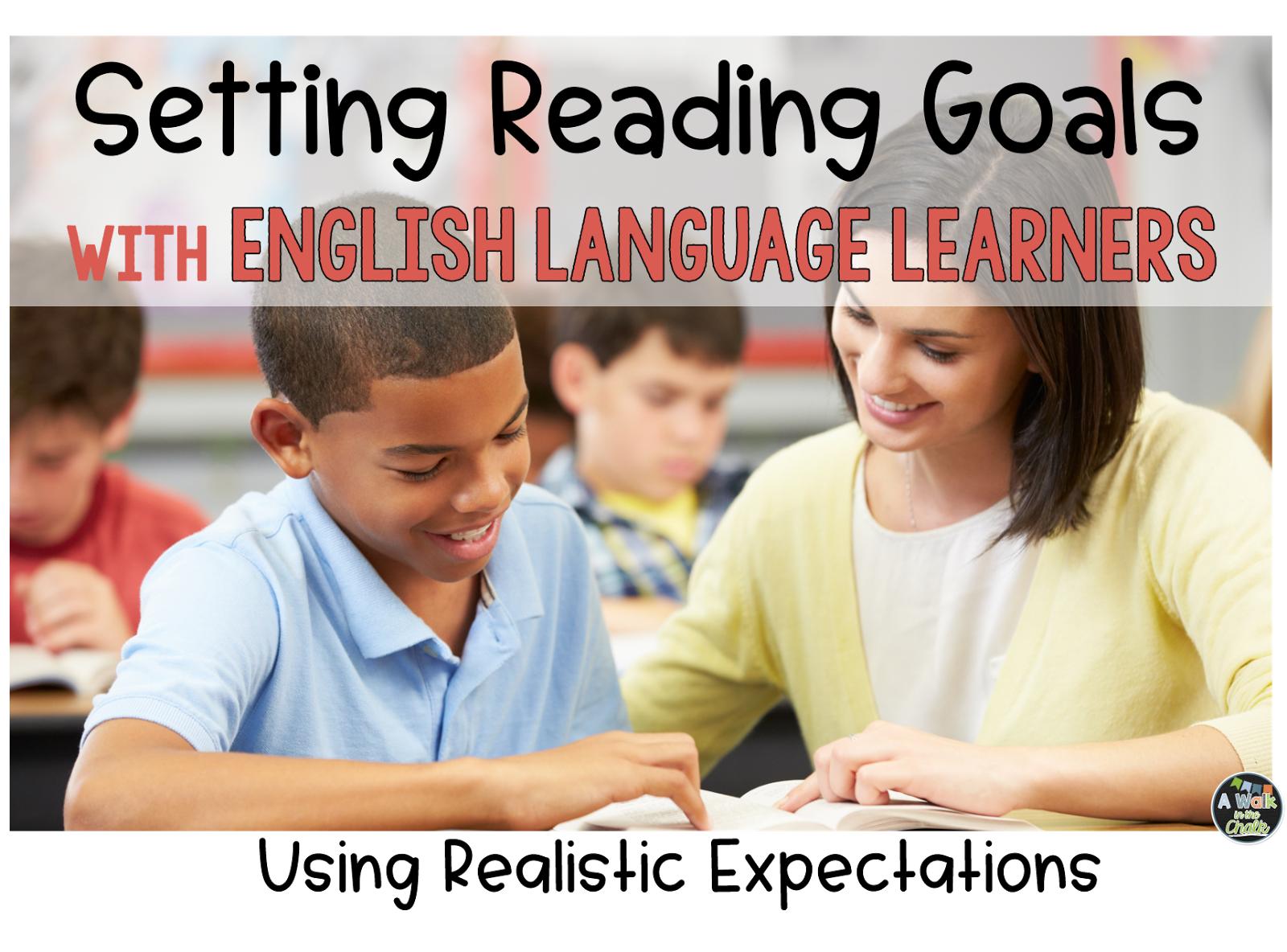
Traditional learning is also known as traditional education, back-to-basics or conventional education. It refers to long-standing customs and practices in learning and teaching. Even though online education is becoming more popular, traditional learning remains a popular way of educating children. There are many benefits to traditional education. This includes a decreased pressure on teachers as well as students. Let's look at the top reasons to switch.
Less pressure for a learner
Many factors may explain why learners feel less pressure while enrolled in traditional training. Among these factors is the fact that learning in a traditional setting involves verbal feedback and constructive criticism, which is essential in motivating the learner to succeed. Online learning offers students the opportunity to learn from the instructor in a more intimate setting and is therefore subject to greater pressure to succeed.

Due to the higher printing costs, traditional learners often feel more stressed. Online course materials are available to students, but not for traditional learners. Online learners can access the materials from their computers. They can view them and submit them online. E-learners have fewer expenses and stress because they do not have to spend money on commuting to and from a school. E-learners can also attend college from anywhere.
Less pressure on teachers
Traditional learning places emphasis on the classroom as a physical location where students meet at scheduled times. Online learning allows students to work individually, but traditional learning encourages group work. Students can develop crucial social skills, which are vital for both personal and professional life. Another benefit to traditional learning is its ability to schedule. Students who are involved in traditional learning have to meet deadlines. Sometimes they must write final exams while absent.
Less pressure for students
The less pressure a traditional learning style puts on students, the better. Traditional learning is more focused on the present than online learning. The time it takes to prepare a response is often shorter for students. Traditional learning relies on students integrating their brain functions themselves. Engaged students are more likely than others to retain and integrate information.

In active learning and groupwork, the fear of being negatively evaluated is a common cause of anxiety. This can happen in social situations such as when students interact with faculty or peers. As a result, students may perform poorly on tasks. This could negatively impact student cognition. A low opinion of the instructor could negatively impact the student's performance. For this reason, traditional learning environments tend to be less effective for students.
FAQ
What systems are used to teach e-learning courses?
E-learning refers to an online learning system that allows students to access information from a computer screen. It allows for interactive activities such quizzes or tests, as well as discussions.
E-learning includes also web-based programs, which give users the ability to access information online via a computer. This program is commonly called "online education".
What are the advantages of e-learning for students and teachers?
E-learning provides both students with better learning outcomes and teachers with more flexibility. It makes it easy for learners to have access to information whenever they need it. E-learning empowers educators to connect with their students using technology in a way that was not possible previously.
E-learning allows teachers the opportunity to give personalized instruction and feedback to students, and also support their progress. This encourages students to be more engaged and motivated. E-learning can be used by teachers to improve communication, collaboration, critical thinking, and other skills. They can also use it to enhance teaching practice by providing opportunities for self-reflection and reflection on others' experiences.
E-learning can help to lower the cost of training. For example, if a teacher wants to train his/her class about a new topic, he/she will have to spend money buying books and materials. If the same material can be found online, there is no reason to buy them.
How do I get started with eLearning?
It's a good idea to begin small if you don't know how to create online classes. A tutorial or quiz could be a good idea.
This will allow you to move on to more difficult projects once you have mastered it. It's a good idea to learn HTML before you start creating lessons with pre-built templates.
How do I choose which eLearning platform to use?
There are thousands of eLearning sites available. Some platforms are free, while others can be more expensive.
There are some things you should ask yourself before making a choice between these options.
-
Do you have the desire to create your own learning materials. If you do, there are lots of tools that can help you create your own online courses. These include Adobe Captivate. Articulate Storyline. Lectora. iSpring Suite. and Camtasia.
-
Do you offer ready-made courses in eLearning? Pre-packaged courses can be purchased from many companies. These courses cost between $20 and $100. Mindjet, Edusoft, or Thinkful are some of the most popular.
-
Do I want a combination of both? Many people find that they get the best results by combining their own materials with those provided by a company.
-
Which option is right for me? It depends on your situation. You might want to create your own materials if you're new to eLearning. However, once you have gained experience, you may want to consider purchasing a pre-designed course.
Statistics
- Hedonism incorporates intrinsic motivation, including novelty, challenge, excitement, and pleasure (Schwartz et al., 2012), which is likely to predict user perception of e-learning enjoyment. (sciencedirect.com)
- Interestingly, students' participation in online training grew by 142% in the past year alone, indicating how quality education and up-to-date teaching pedagogy are preferred by learners and working professionals to upskill across India. (economictimes.indiatimes.com)
- Reliability, validity, and descriptive statistics (The Gambia). Empty CellCRAVEMeanSDACBICOEEHABHEHMPEPOPVSESITRAC0.770.635.080.842) in behavioral intention to use e-learning in The Gambia (53%) and the UK (52%), (sciencedirect.com)
- However, e-learning courses that are engaging, well-designed, and interesting are likely to be perceived as useful by e-learners (Roca & Gagné, 2008). (sciencedirect.com)
External Links
How To
How is eLearning different from traditional teaching methods and how does it differ?
eLearning has existed for a long time. In fact, many schools still teach using the old-fashioned way. But there are many advantages to using eLearning over traditional teaching methods. Here are some examples.
-
E-learning costs less than traditional teaching methods.
-
Students can attend classes at their own pace.
-
Teachers are less stressed because they don’t have to worry about students getting up to speed before classes start.
-
Teachers can create multiple versions of the course to teach slightly different concepts.
-
Learners can interact with one another and ask questions through discussion boards and chat rooms.
-
Learners can work together on assignments and projects.
-
It is possible for learners to see videos and present without leaving the classroom.
-
Online courses are available 7 days a săptămână, 24 hours per day.
-
Learners can study wherever they are, at any time.
-
The learner can always go back to previous lessons.
-
Tracking your progress can help you keep track of it throughout the year.
-
Students can receive instant feedback about their performance.
-
Learners can complete assignments and projects at their own pace. They can even submit them later if they wish.
-
Learners can access files that include images, notes and other materials.
-
Learners can print copies of their assignments and handouts.
-
You can save money if you buy books and supplies once rather than every term.
-
Learning can be more effective when learners study alone.
-
Learners can collaborate with others who are learning the same subject.
-
Learners can share ideas and resources with one another.
-
By reading blogs and articles, learners can learn new things.
-
Students can search for solutions to specific problems.
-
Learners have the ability to create their own content.
-
Learners can receive help from tutors and peers.
-
Learners may make friends with people who share the same interests.
-
Learning can help improve writing skills.
-
Learning can help learners solve problems creatively.
-
Practice public speaking for learners